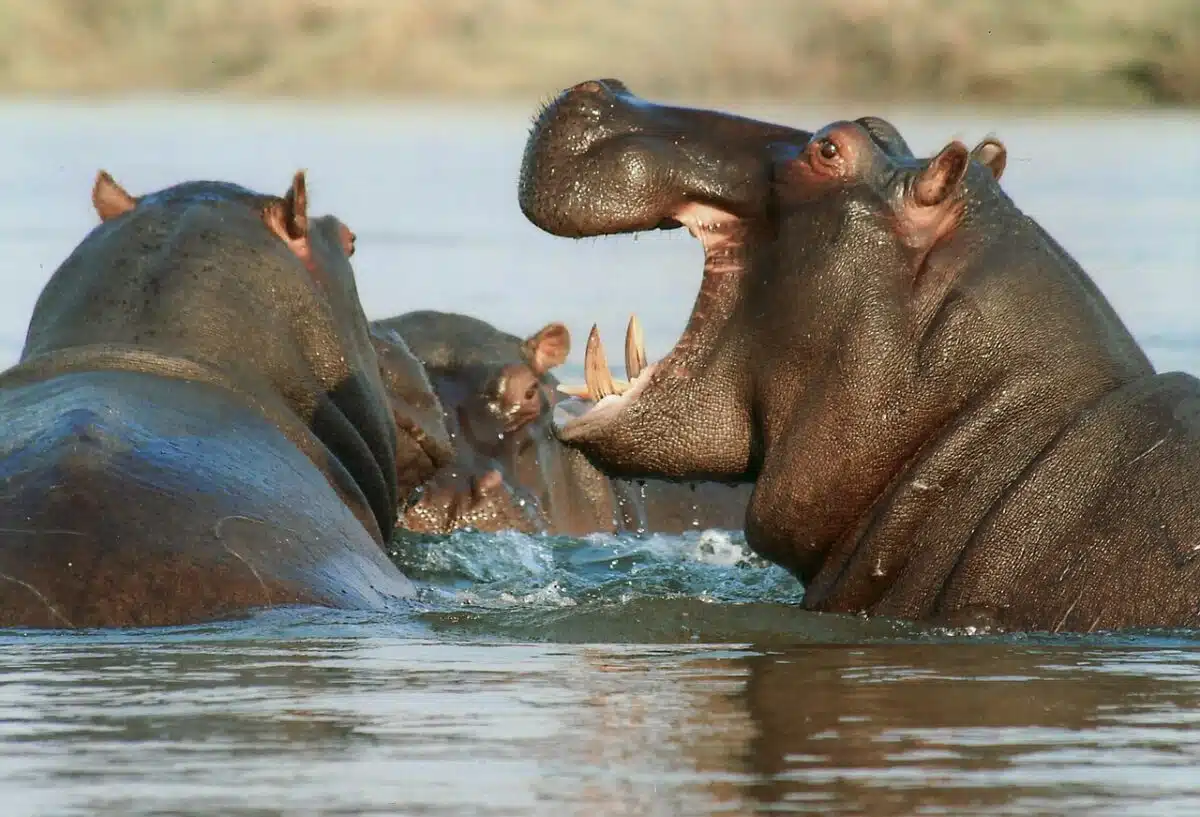Despite their rotund appearance and seemingly placid demeanor, hippopotamuses are widely considered Africa’s most dangerous mammals. These massive semi-aquatic creatures kill an estimated 500 people annually in Africa, far exceeding the death toll from lions, elephants, or even crocodiles. While they might appear charming in cartoons or zoo environments, wild hippos possess a lethal combination of territorial aggression, surprising speed, and impressive weaponry that makes them particularly hazardous to humans who venture into their domain. This article explores the fourteen key reasons why hippos have earned their reputation as the continent’s deadliest mammals, delving into their biology, behavior, and interactions with humans to reveal why these river giants deserve our utmost respect and caution.
13. Extraordinary Speed and Agility

Despite weighing up to 4,500 pounds (2,000 kg), hippos can reach speeds of 30 kilometers per hour (19 mph) on land—faster than most humans can run. This surprising burst of speed gives them a deadly advantage when they feel threatened or territorial. Their ability to rapidly transition from a seemingly relaxed state in water to an explosive charge on land catches many people off guard. Hippos can maintain this speed over short distances, which is typically all they need to close the gap between themselves and perceived threats. Their short, powerful legs allow them to maneuver with surprising agility through both shallow water and on land, making them unpredictable and dangerous to approach even for experienced wildlife observers.
12. Massive Size and Weight

As the third-largest land mammal after elephants and white rhinos, hippos possess overwhelming physical mass that makes any confrontation potentially fatal. Adult males (bulls) can reach lengths of up to 16.5 feet (5 meters) and weigh between 3,500 to 9,920 pounds (1,600 to 4,500 kg), while females (cows) typically weigh between 2,900 to 3,300 pounds (1,300 to 1,500 kg). This enormous bulk means that a charging hippo can easily overturn boats, crush humans with their weight, or simply knock people down and trample them. Even a seemingly minor collision with a hippo can result in severe injuries or death for humans. Their sheer size also means they have few natural predators, contributing to their bold and aggressive temperament when confronted.
11. Territorial Water Behavior
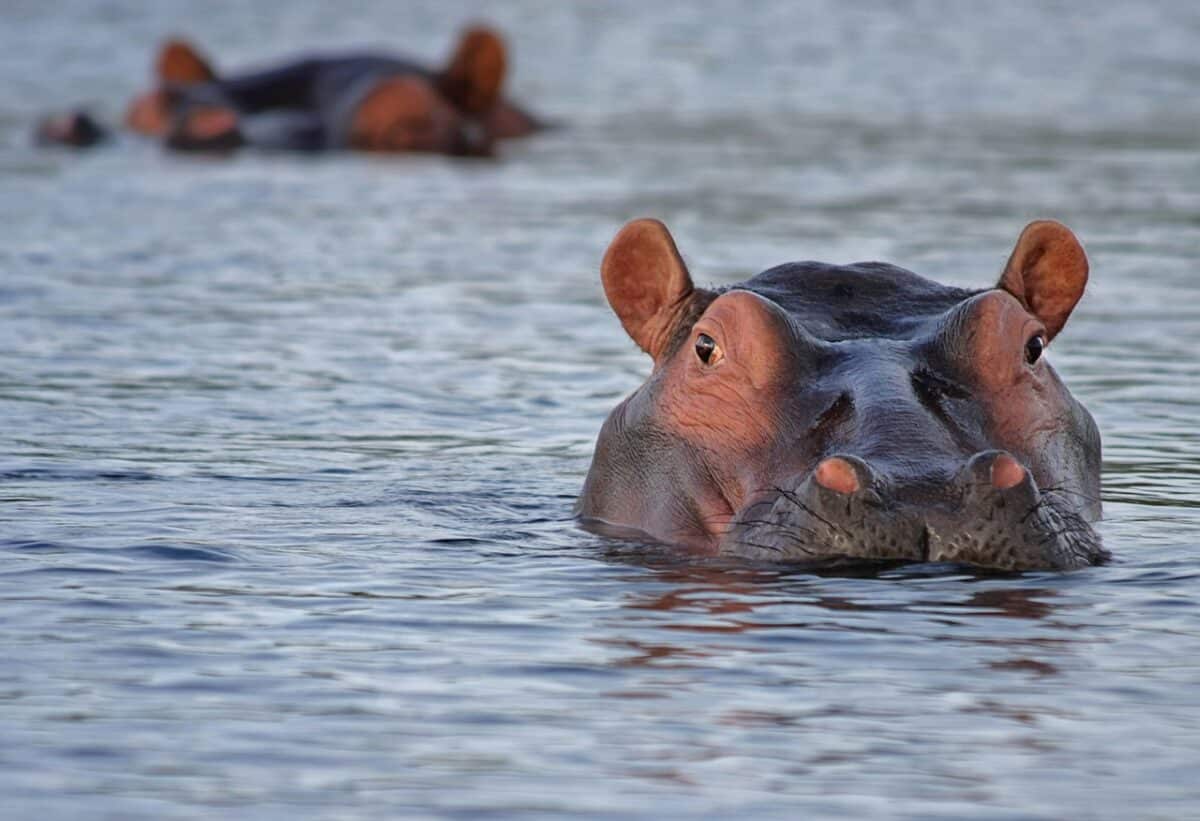
Hippos are fiercely territorial in water, where they spend up to 16 hours a day submerged to stay cool and protect their sensitive skin from the sun. Male hippos aggressively defend territories along river banks that can stretch up to 250 meters, using displays of dominance including mouth-opening, vocalizations, and defecation to mark their domains. Females and their young congregate in groups called pods, which bulls also protect from outsiders. This territorial instinct makes waterways inhabited by hippos extremely dangerous for boats and swimmers, as hippos will perceive them as threats and may attack without warning. Since many African communities rely on rivers for transportation, fishing, and daily activities, this territorial behavior places humans and hippos in frequent, dangerous conflict.
10. Unpredictable Aggression
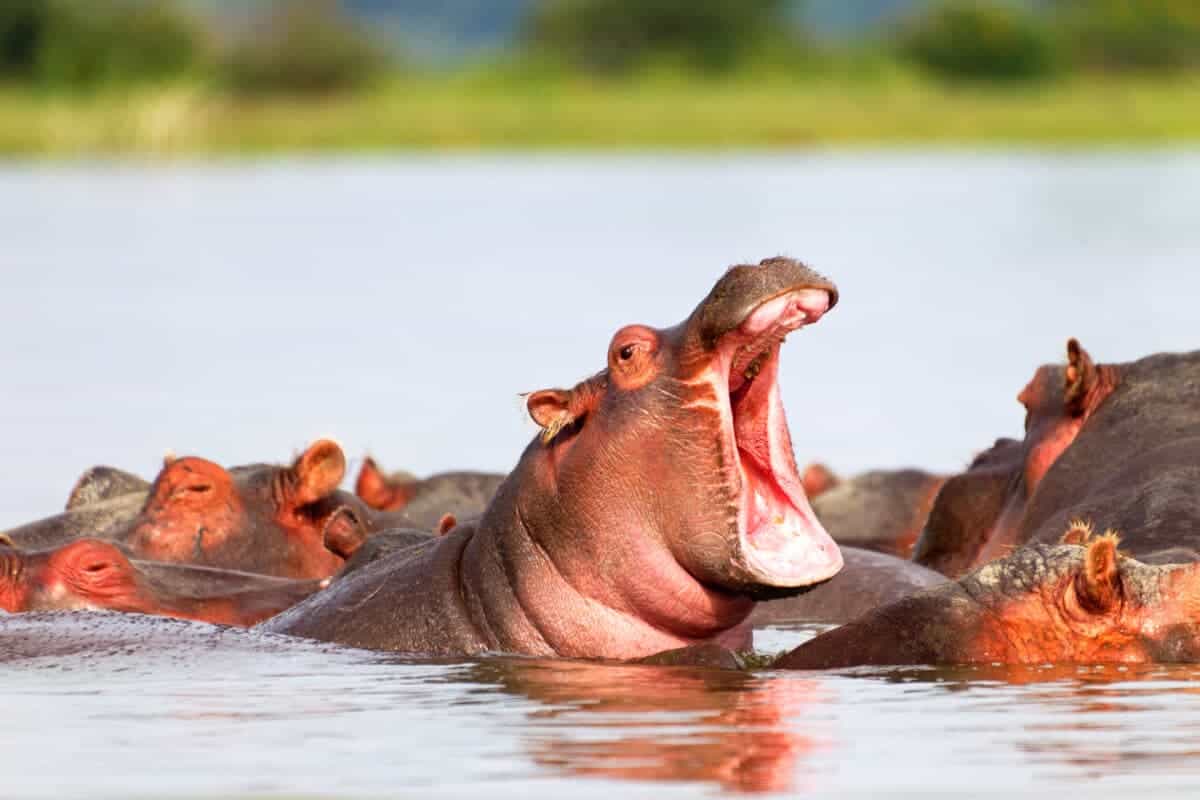
Perhaps the most dangerous aspect of hippo behavior is its unpredictability. Unlike predatory animals that typically attack for food, hippos lash out because they perceive threats to their territory, young, or personal space. This defensive aggression means they can appear calm one moment and violently aggressive the next, with little to no warning. Hippos don’t follow predictable patterns of aggression like some other dangerous animals, making it nearly impossible to anticipate an attack. Wildlife experts note that hippos may sometimes tolerate boats passing through their territory, while at other times they might charge immediately. This inconsistency makes defensive strategies difficult to formulate and contributes significantly to the high human death toll from hippo encounters.
9. Formidable Dental Weaponry
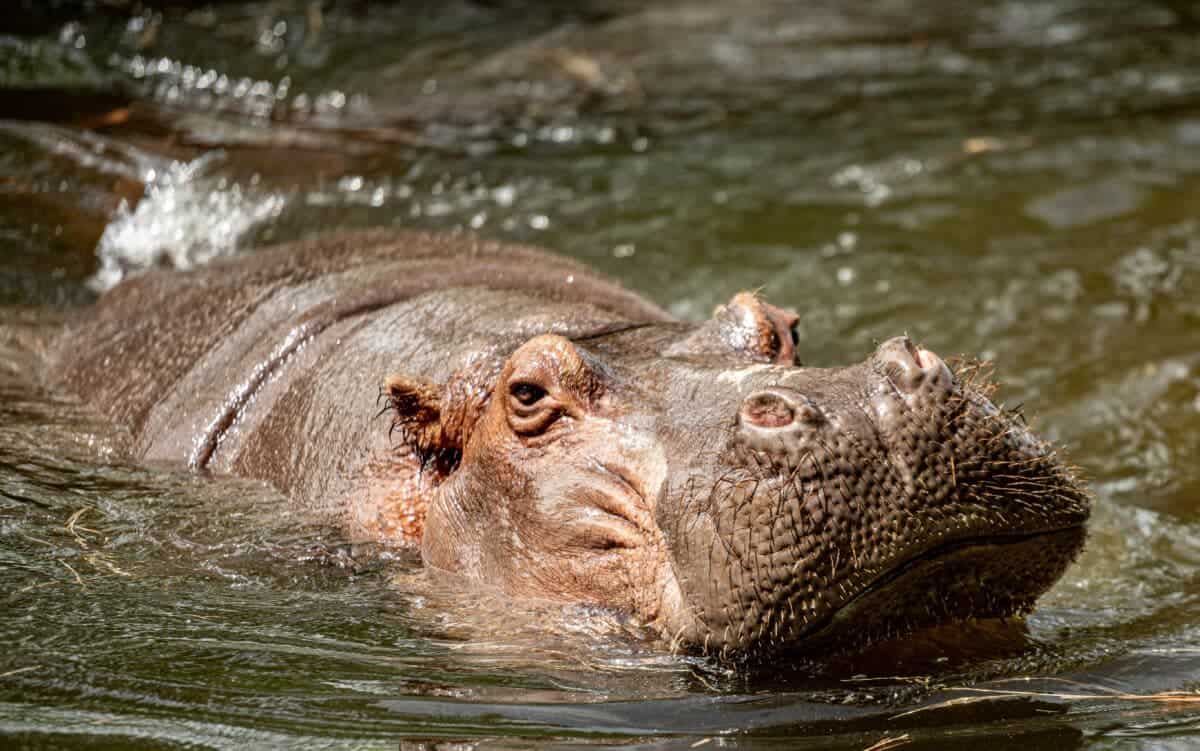
Hippos possess some of the most impressive and dangerous teeth in the animal kingdom. Their lower canines and incisors can grow up to 20 inches (50 cm) long and are self-sharpening, creating lethal tusks capable of easily puncturing boat hulls, other animals, or humans. A hippo’s bite force has been measured at up to 1,800 PSI (pounds per square inch), powerful enough to snap a crocodile or human in half with a single bite. Unlike many other herbivores, hippos don’t use their impressive dentition primarily for feeding but rather as weapons for fighting and defense. When a hippo opens its massive jaw, which can reach an angle of nearly 180 degrees, it displays a terrifying arsenal specifically evolved for combat, making their attacks particularly devastating and often fatal.
8. Aggressive Defense of Young
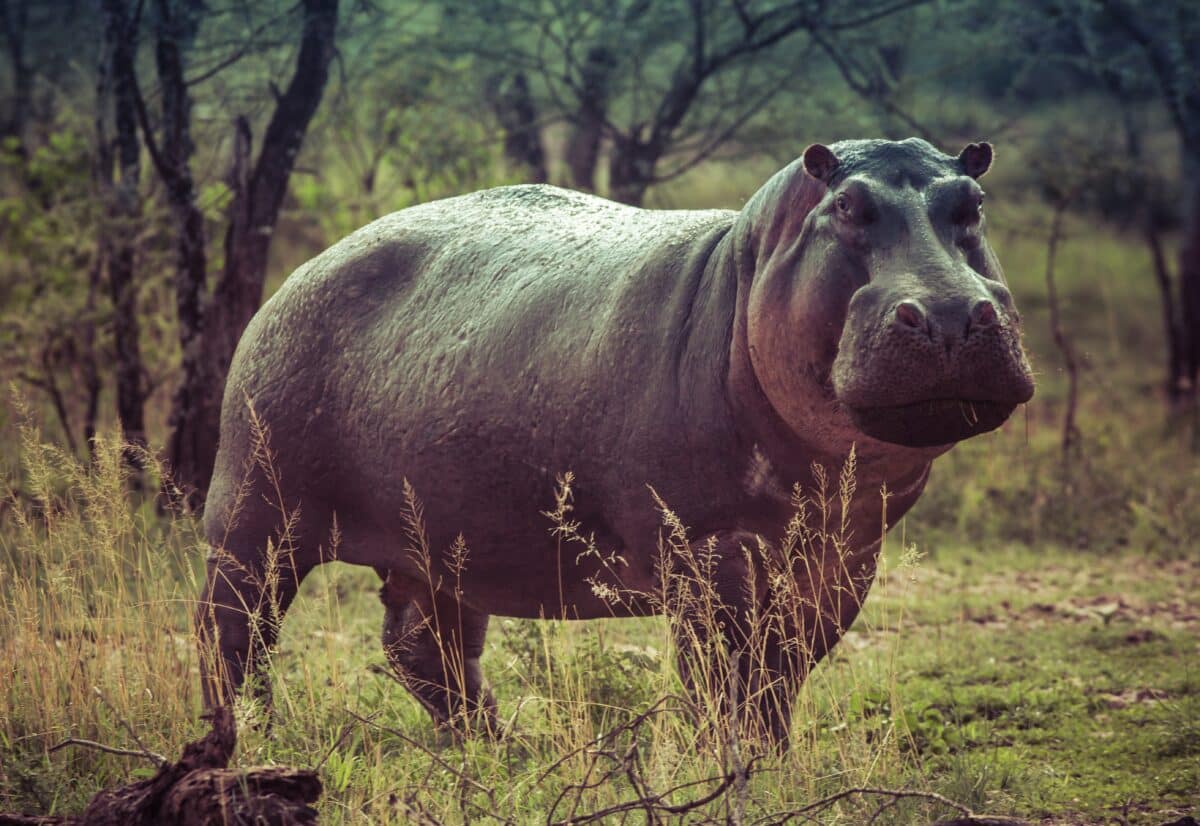
Female hippos with calves represent one of the most dangerous wildlife encounters possible in Africa. Hippo mothers are extraordinarily protective of their offspring, which remain vulnerable to predators like crocodiles and lions. A mother hippo will react with extreme aggression to any perceived threat to her calf, often charging without hesitation at boats, vehicles, or humans who unwittingly approach too closely. Young hippos stay with their mothers for up to eight years, creating a long period during which females remain especially dangerous. This maternal aggression is compounded by the hippo’s already territorial nature, meaning that waterways containing hippo families should be approached with extreme caution or avoided altogether. Wildlife statistics show that a significant percentage of hippo attacks involve protective mothers defending their young.
7. Nocturnal Land Grazing
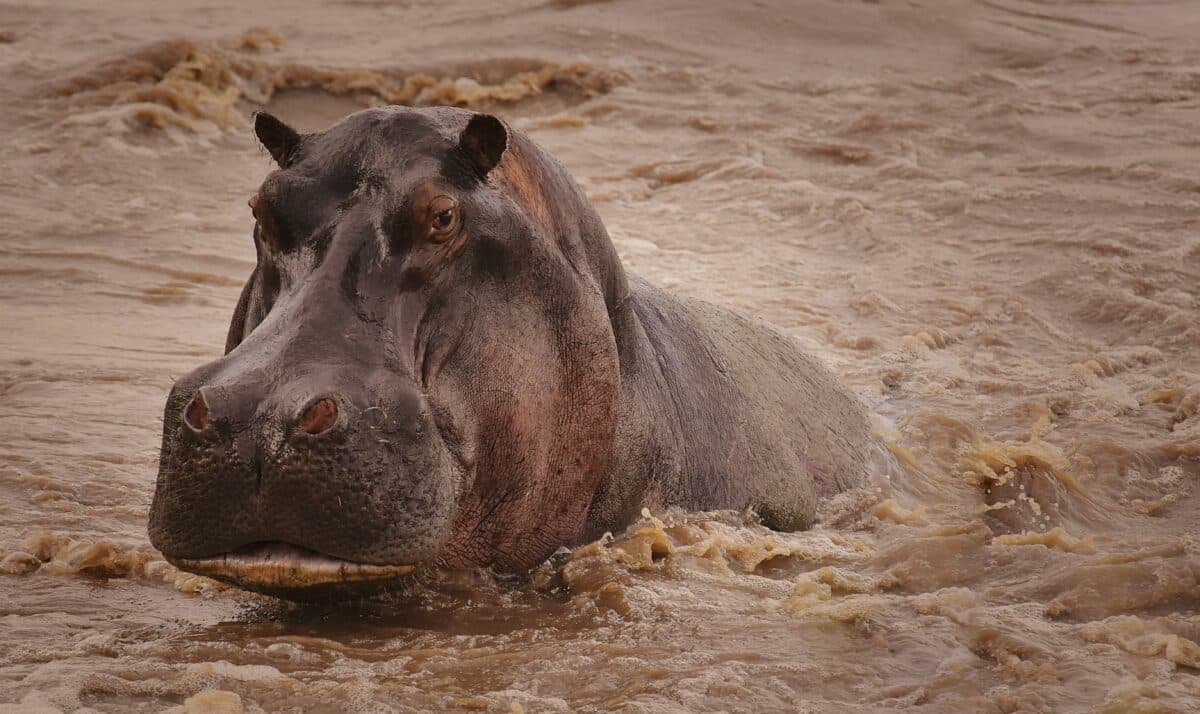
Despite spending their days in water, hippos emerge at dusk to graze on grass, traveling up to 6 miles (10 km) nightly along well-established paths. This nocturnal behavior creates dangerous situations where humans might unexpectedly encounter hippos in the dark. People living near hippo habitats face particular risk when walking at night, as they may accidentally come between a grazing hippo and its water source—a situation that frequently triggers attacks. The combination of limited visibility, hippos’ aggressive territorial nature, and their surprising speed creates perfect conditions for deadly encounters. Additionally, hippos’ poor eyesight makes them more likely to feel threatened by sudden human appearances in the dark, further increasing the likelihood of aggressive responses during these nighttime grazing periods.
6. Deceptive Aquatic Presence
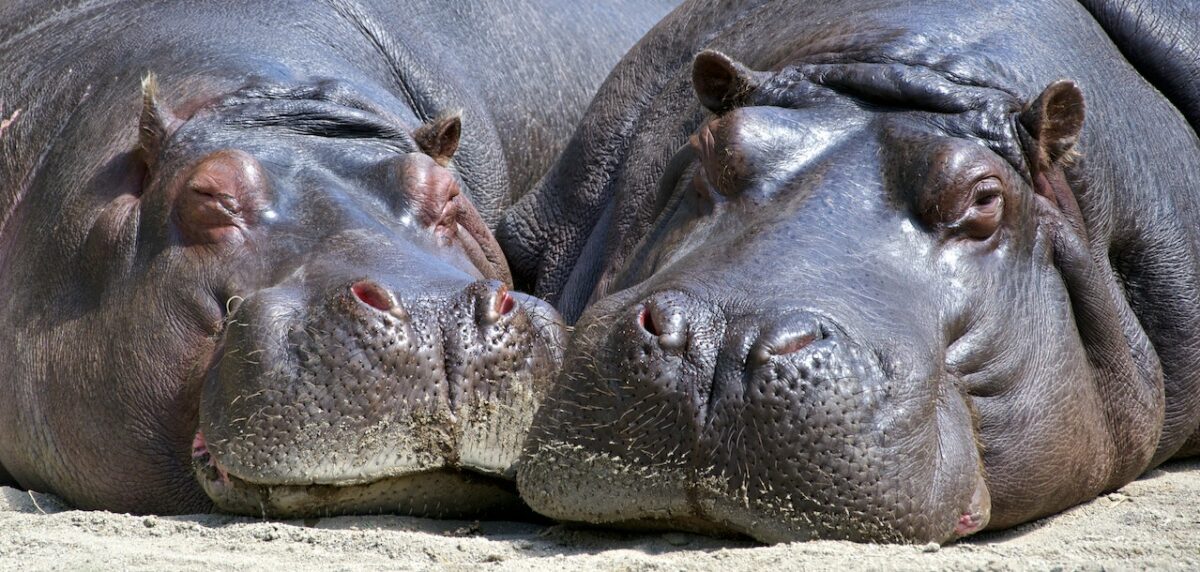
In water, hippos can be dangerously difficult to detect. Despite their enormous size, they often submerge themselves with only their nostrils, eyes, and ears visible above the water’s surface. This minimal exposure makes them easy to miss until it’s too late, especially in murky waters or at dawn and dusk when visibility is limited. Hippos can also hold their breath for up to 5 minutes and walk along river bottoms, allowing them to approach boats or swimmers completely undetected before surfacing, sometimes directly beneath watercraft, capsizing them. Their ability to move silently and swiftly underwater belies their bulk and creates situations where humans have little or no warning before an encounter turns deadly. This stealth factor significantly contributes to the high number of fatal hippo attacks across Africa.
5. Lack of Fear of Humans

Unlike many wild animals that flee from human presence, hippos show remarkably little fear of people, instead responding with aggression when they feel threatened. This fearlessness makes deterrence strategies that work with other dangerous wildlife ineffective with hippos. Loud noises, human presence, or even gunshots may not dissuade a charging hippo. Their bold nature is partly due to their massive size and lack of natural predators, giving them little evolutionary reason to fear other species. In areas with increased human-hippo interaction, hippos have been known to become more aggressive rather than more habituated, suggesting that increased exposure to humans doesn’t diminish their dangerous responses. This trait makes hippos particularly problematic in regions where human settlements and traditional hippo territories overlap.
4. Complex Social Hierarchy

Hippos maintain a complex social structure that can fuel aggression, particularly among males. Dominant bulls aggressively maintain control over prime territory and access to females, engaging in brutal battles with rival males that can result in serious injuries or death. These social tensions create volatile situations where aggression can easily be redirected toward humans who unknowingly enter areas where social conflicts are occurring. During mating seasons, male hippopotamuses become especially dangerous as testosterone levels rise and competition intensifies. The complex hippo social dynamics mean that even experienced local people who are familiar with hippo behavior cannot always predict when violence might erupt or be directed toward humans who happen to be in the wrong place during social disputes.
3. Increasing Habitat Loss and Conflict
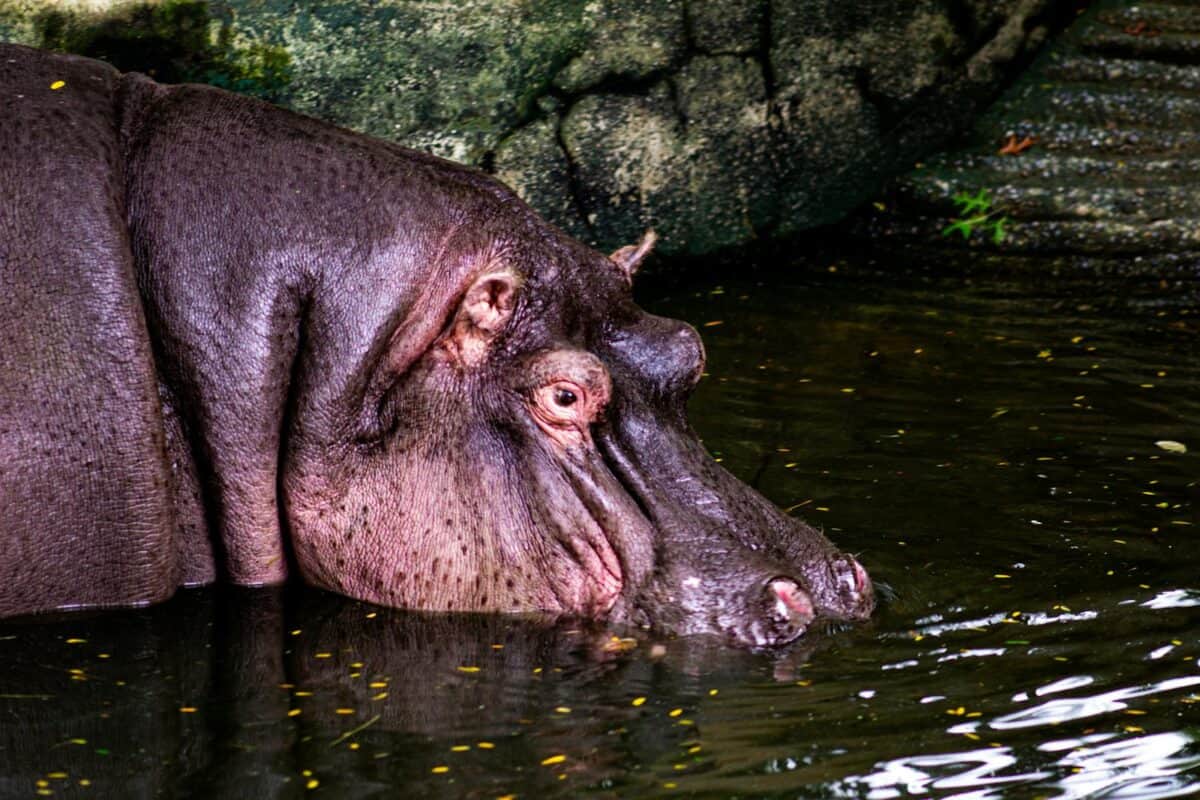
As human populations expand across Africa, hippo habitats are increasingly encroached upon, forcing these dangerous mammals into closer contact with people. Reduced access to preferred river territories and grazing lands creates stressed hippo populations that may react more aggressively to human presence. In many regions, traditional hippo migration routes now cross farmland or villages, creating conflict when crops are damaged or water sources must be shared. Climate change further exacerbates this problem as droughts force both humans and hippos to compete for diminishing water resources. Conservation efforts face the challenge of protecting this dangerous species while also ensuring human safety, making human-hippo conflict one of Africa’s most difficult wildlife management issues, with fatal consequences when solutions fail.
2. Surprising Stealth and Ambush Capability

For animals of their size, hippos demonstrate remarkable stealth capabilities that contribute to their deadliness. They can move silently through water and vegetation despite their enormous bulk, often launching surprise attacks from concealed positions. Hippos frequently hide among riverside reeds or submerge in water with only their nostrils exposed, becoming nearly invisible until they decide to attack. Their capacity for ambush is enhanced by acute hearing and smell that compensates for their relatively poor eyesight, allowing them to detect approaching humans before being spotted themselves. This combination of sensory advantages and stealth behavior means humans often have only seconds to react to a hippo threat, typically insufficient time to escape these surprisingly fast animals. Many victims report never seeing the hippo that attacked them until it was already too late.
1. Powerful Swimming Abilities
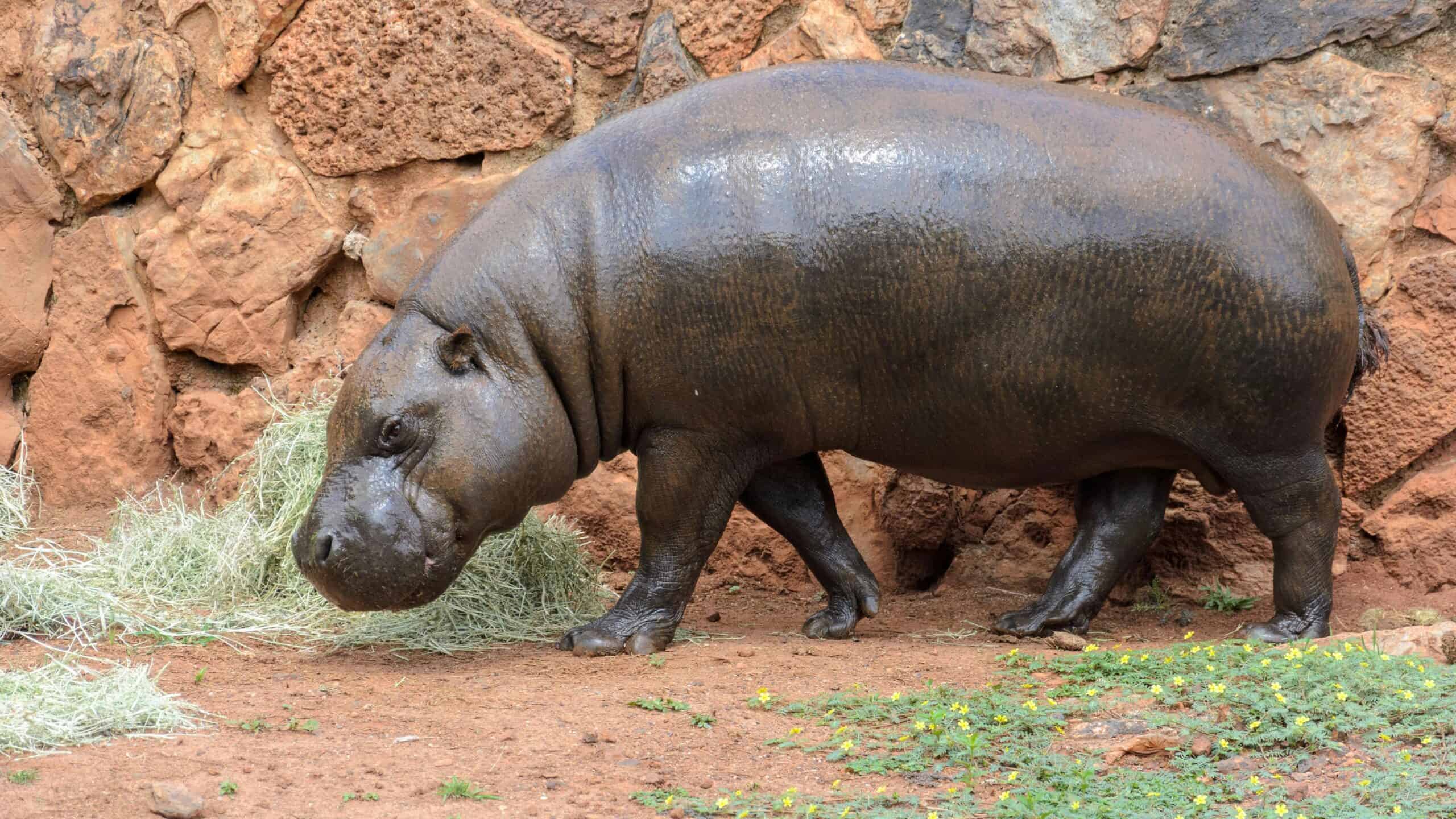
Despite their massive weight, hippos don’t actually swim or float—they gallop along river bottoms, pushing off the riverbed and propelling themselves through water with remarkable speed and agility. This unique locomotion allows them to move at speeds of up to 8 km/h (5 mph) underwater, fast enough to overtake humans swimming or in small boats. Their aquatic mobility gives them a significant advantage in river environments where many attacks occur. A hippo can easily pursue a boat, surface beneath it, or cut off escape routes by anticipating a vessel’s movement. Furthermore, their ability to hold their breath for extended periods allows them to remain submerged while approaching threats, surfacing only at the moment of attack. This aquatic prowess makes rivers inhabited by hippos particularly dangerous for human activities.
Conclusion: Respect for Africa’s Deadliest Mammal
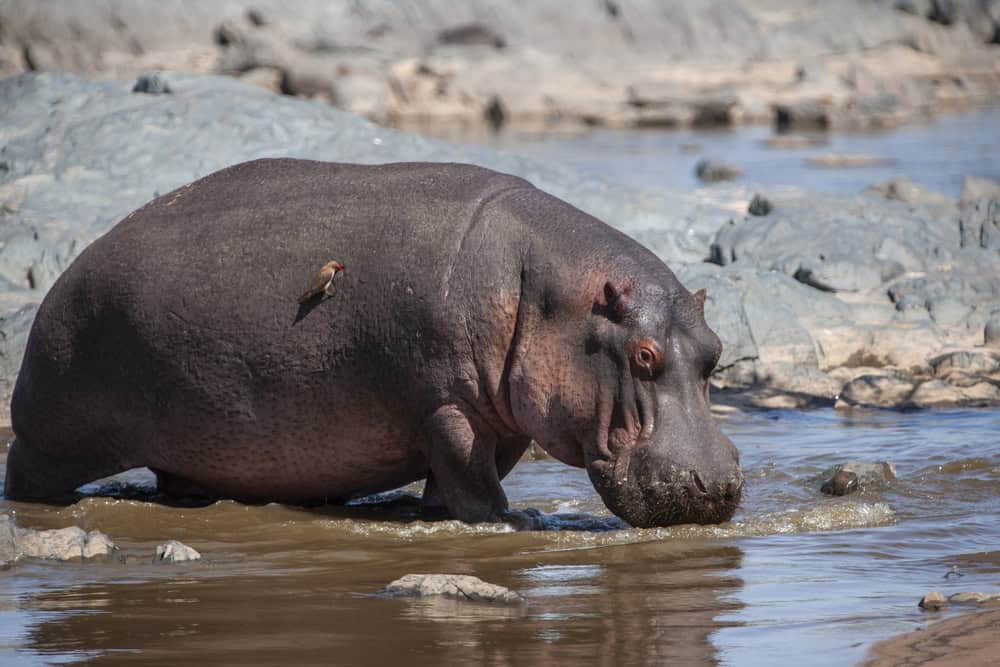
The hippopotamus represents a perfect example of why wild animals should never be underestimated based on their appearance or popular portrayal. Through their combination of size, speed, territorial aggression, and specialized weaponry, hippos have earned their status as Africa’s most dangerous mammals. Understanding these fourteen factors helps explain why hippos kill more humans annually than any other African wildlife species, including predators like lions and crocodiles. As human populations continue to expand into traditional hippo territories, the importance of education, respect, and appropriate safety measures becomes increasingly vital. For those living near or visiting hippo habitats, maintaining safe distances, avoiding water activities in hippo-populated areas, and recognizing the warning signs of hippo aggression could be the difference between life and death when encountering these formidable creatures.
- 14 Dog Breeds That Love to Cuddle - August 9, 2025
- 11 Signs Your Horse Might Be Bored - August 9, 2025
- Jurassic World Dominion Dinosaurs - August 9, 2025

